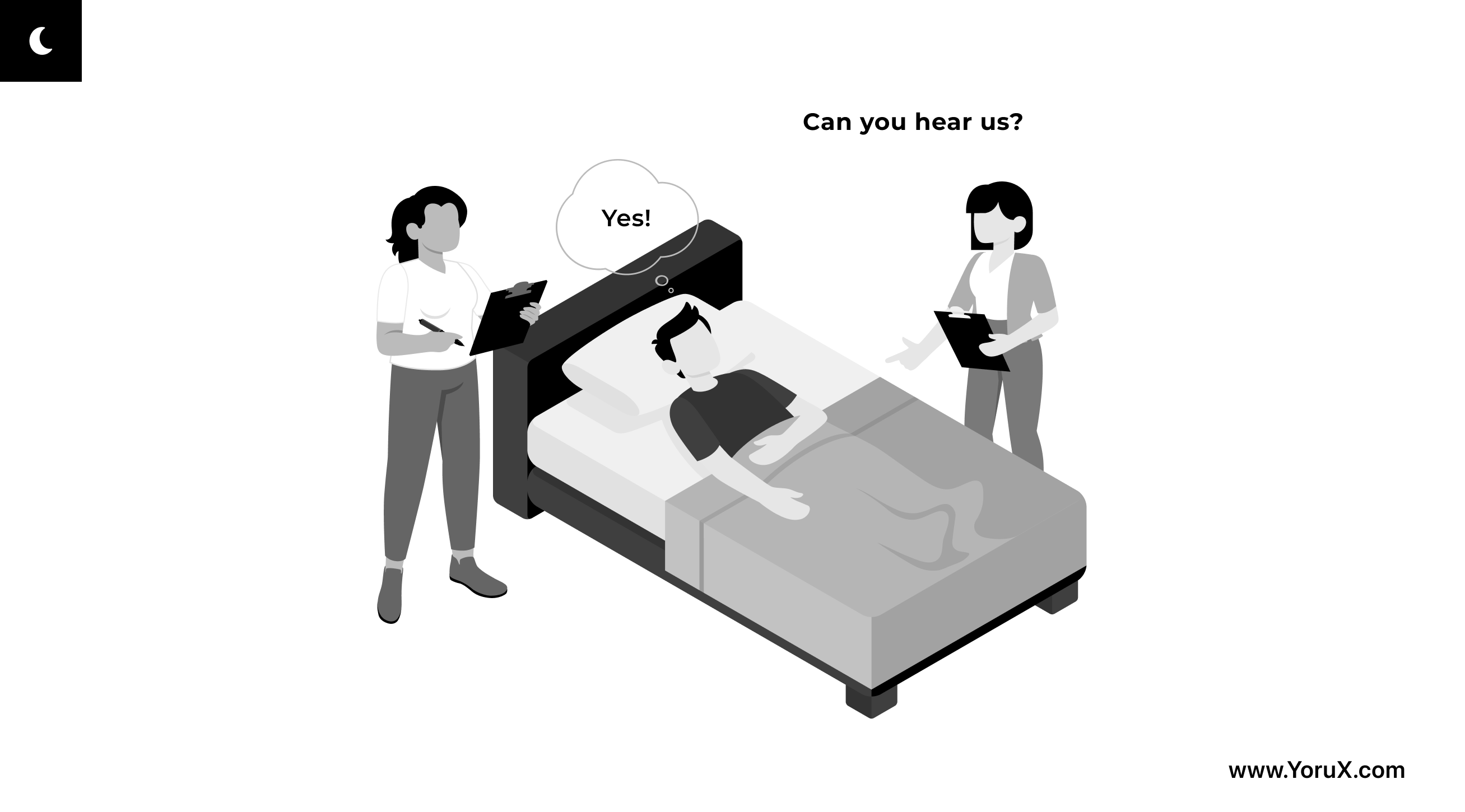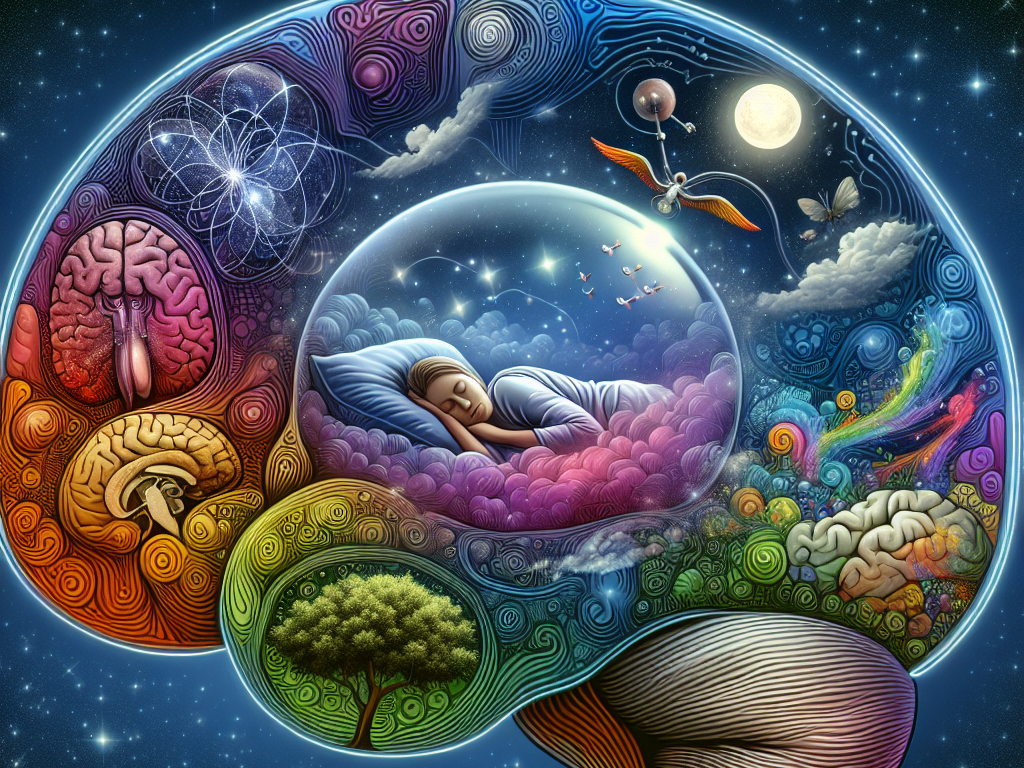
Over the last few years, there’s been a resurgence of interest in dreams, especially Lucid Dreams. Part of the reason is that our instruments have become a lot better over the years, and we’re now beginning to understand the human brain and mind in ways we were never able to before.
Even though the renewed scientific research is still in its infancy, there are already a lot of novel findings that came to light with regard to Lucid Dreaming.
Whenever you’re in a dream, be it a conscious or a “normal” one, it’s safe to say that your mind is in a different type of environment. The dream world and the real one are vastly different, and it’s hard to believe that any bridge between the two could be built.
However, recent studies suggest otherwise.
Believe it or not, scientists have managed to establish communication with a person while they are consciously dreaming! It was done in three ways:
- Auditory communication. Scientists simply talked or played beeping tones in morse code. The dreamers perceived the words and the beeps as coming from “outside,” similar to a narrator in a movie.
- Light stimuli. Experimenters flashed lights in front of the dreamers’ faces. According to participants, the light sources in the dream flickered as well, and they were able to deduce that it is the scientists communicating in morse code.
- Tactile stimuli. Scientists would tap the hand of the dreamer in morse code to establish communication. Participants would perceive the touch inside the dream and had no difficulty attending to it.
Now, the communication has to go both ways – otherwise, it’s just a monologue. Luckily, the scientists in the study continuously established two-way communication and turned it into a dialogue. While Lucid Dreaming, participants could relay their messages in morse code by facial muscle contractions and eye movements.
Of course, nobody expected to receive long sentences describing the reality around the dreamers. Instead, simple “yes” and “no” questions were posed. For example, dreamers were asked whether they could speak Spanish. In every case, the communication was established, the participants answered correctly.
Furthermore, the researchers have demonstrated that, not only is it possible to answer simple questions during one’s sleep, but it is also possible to solve simple counting tasks (2+3; 9-7, etc.). These findings are fascinating, as it was previously thought that working memory during sleep was minimal at best.
What’s even more interesting is that some dreamers reported that they had no difficulty concentrating both on the problem at hand and on whatever they were doing in their Lucid Dream world, such as fighting goblins.
Now you might think that the data could be unreliable. After all, how can the scientists be sure that the participants were actually dreaming and not just imagining things or making them up?
Well, sleep experts were overlooking the whole thing and confirmed that the participants were, in fact, dreaming by looking at the brainwaves measured in the experiment.
Thus, the evidence of communication with the outside world while in a Lucid Dream is solid. It’s hard to imagine how this ability could be utilized. However, it’s certainly a step in the right direction when it comes to understanding the nature of Lucid Dreams.


.png)

